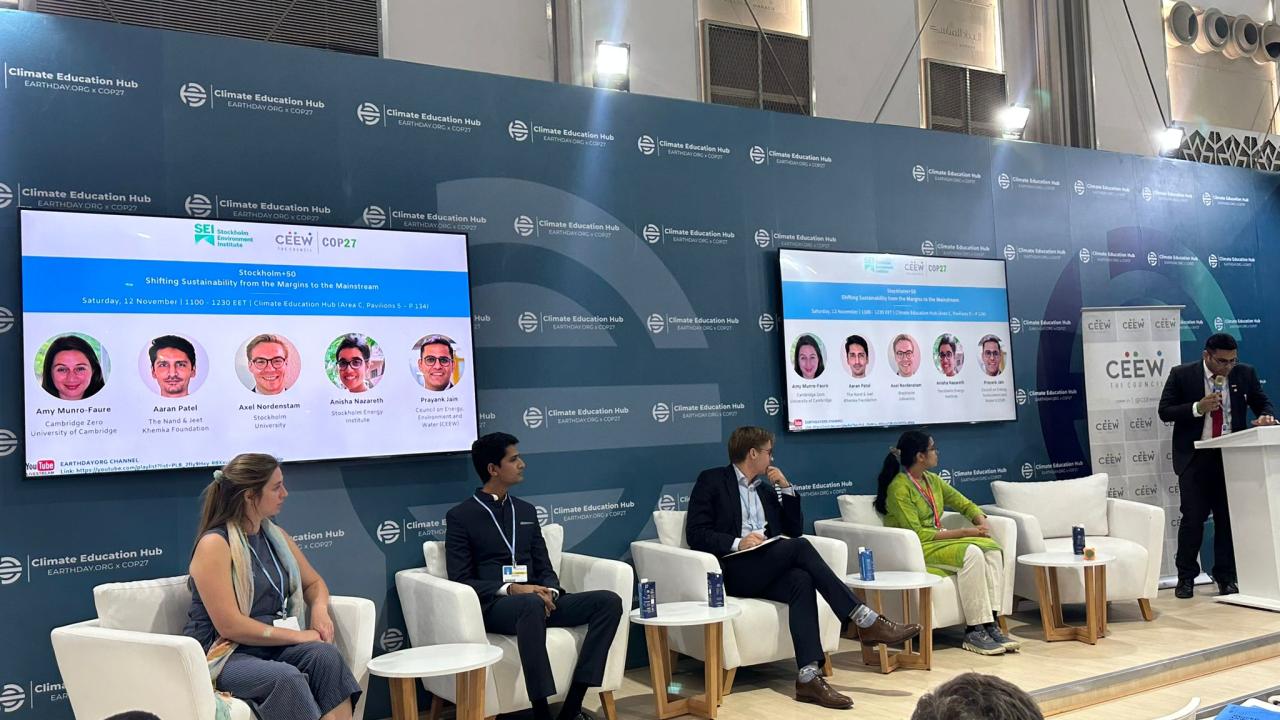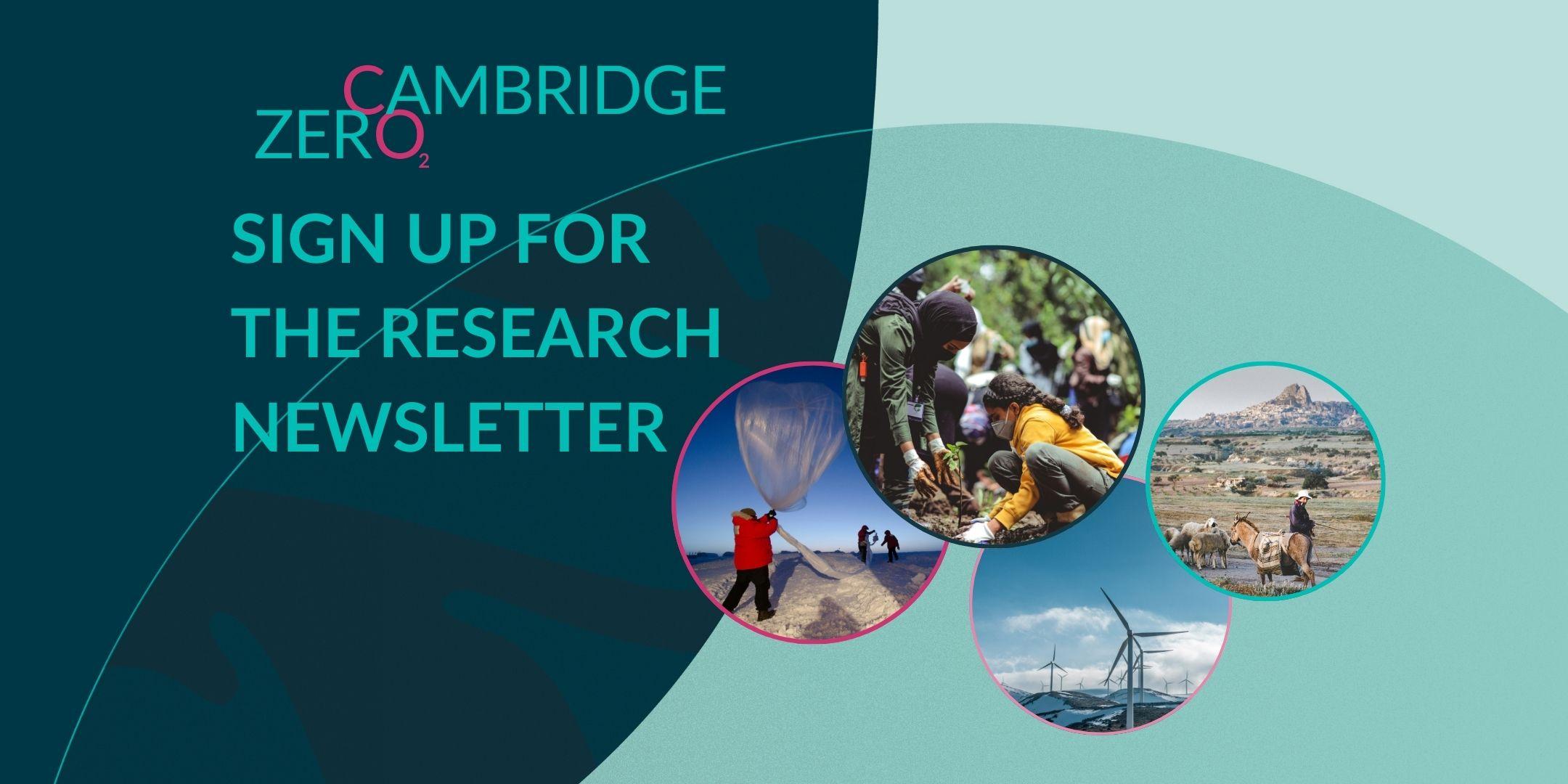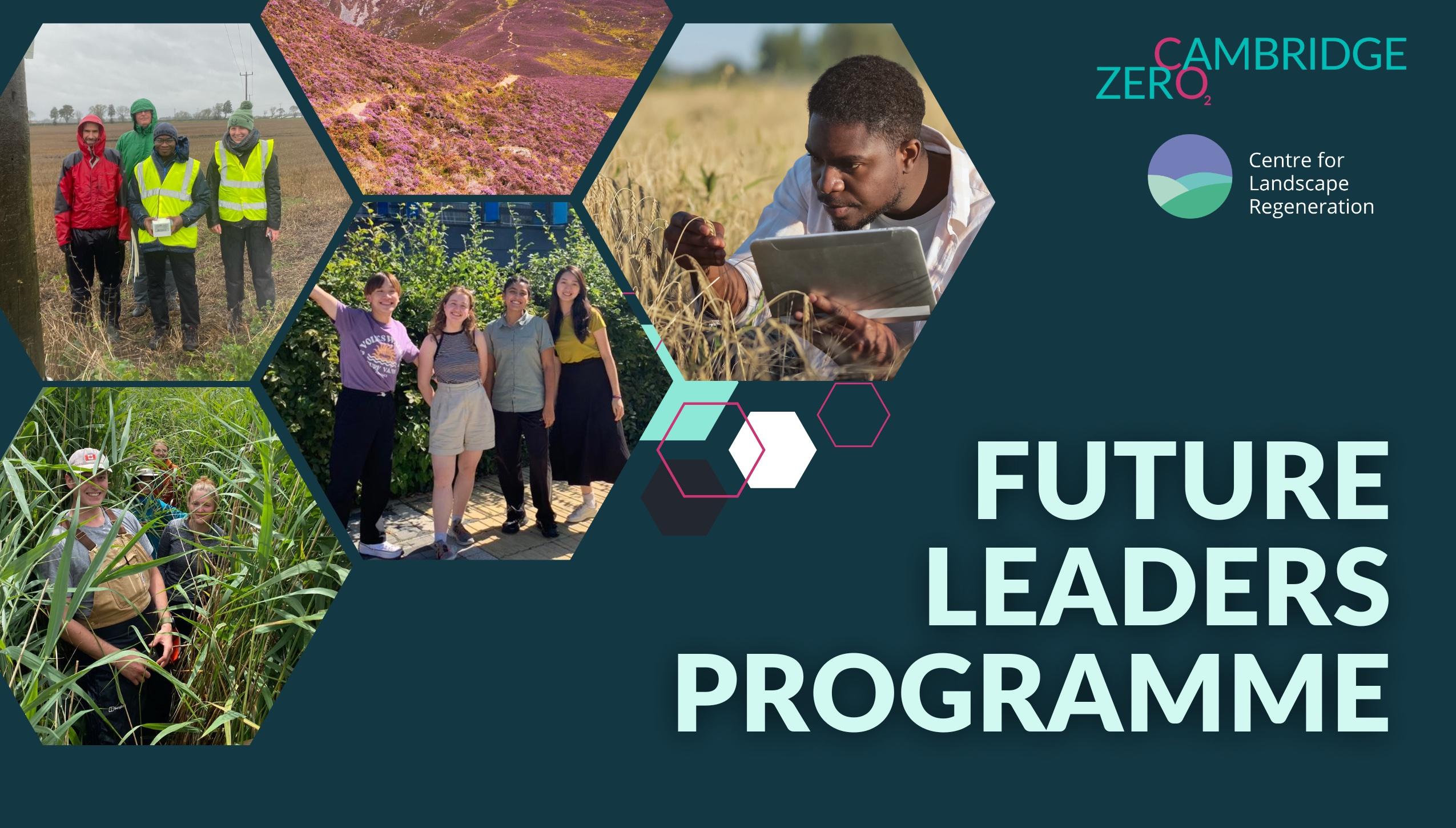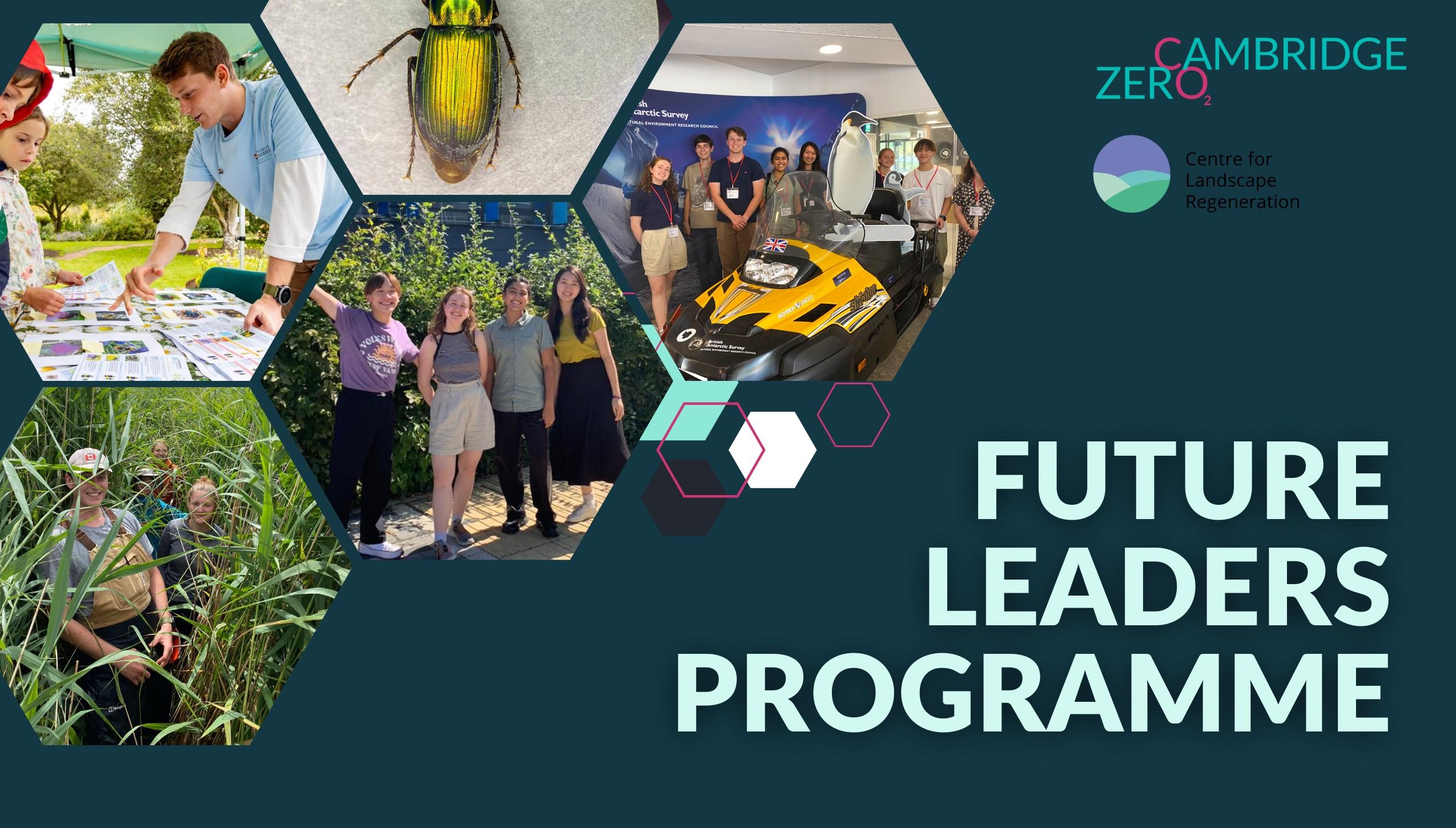It’s Saturday of Week 1, which means it’s halftime for COP27 - a good time to reflect on what has happened so far.
The first week flew by even quicker than expected. Due to my specific research interests, I mostly followed science- and L&D-related (side-)events and meetings in the Blue Zone, while also exploring the various exhibitions and pavilions. I had the chance of meeting old and new faces in the COP space, met up with members of the Cambridge delegation, but also had various unplanned encounters. One time when I cut a corner through a pavilion, I almost ran into Nancy Pelosi and her entourage. Another time, I stood next to Nicola Sturgeon for a moment. Today, John Kerry’s and my paths briefly crossed several times as he and his crew made their way through the venue. I also briefly met Patricia Espinosa today, former Executive Secretary of the UNFCCC, who was in office when I interned at the Secretariat in Bonn in 2018.
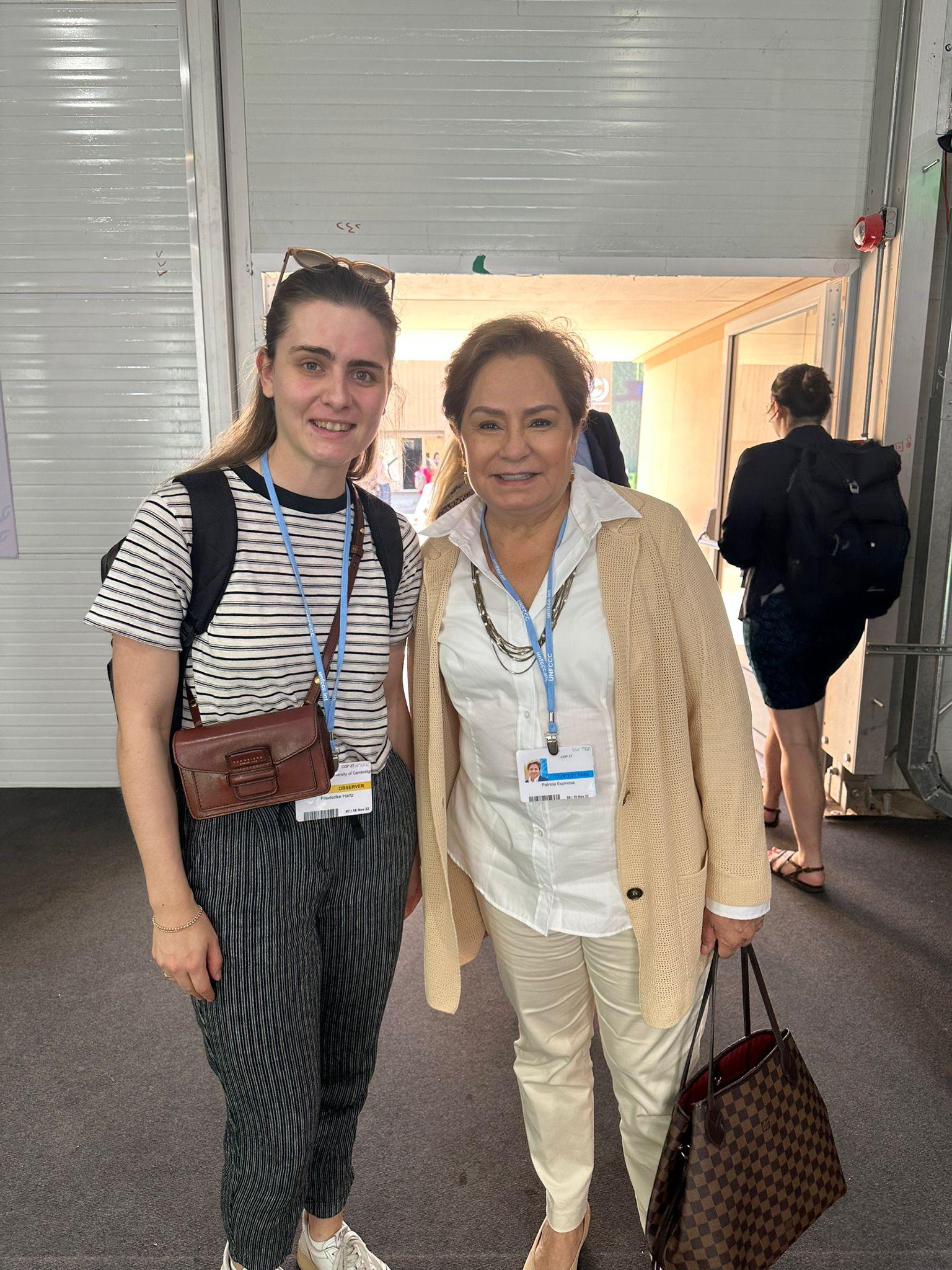
One event that inspired me today took place at the Climate Education Hub. The event 'Stockholm+50: Shifting Sustainability from the Margins to the Mainstream', organised by the Council on Energy, Environment and Water (CEEW) and the Stockholm Environment Institute (SEI), included a panel on the role of young people in solving the climate crisis. The event was based on a recently released independent scientist report by both institutions called 'Stockholm+50: Unlocking a Better Future' commissioned for the Stockholm+50 meeting which took place earlier this year in New York. To set the scene, the panel organizers showed what they called an 'artistic interpretation' of the report - a performance poetry film by Simar Singh. One of the panelists was Cambridge Zero’s Amy Munro-Faure who told about her experiences of working with young people at Cambridge and beyond. When asked about challenges they see for young people’s engagement in climate action, she mentioned that in her work on climate education and student engagement she finds that there is no lack of willingness to transform but a need for the right soft and hard skills to bring about the transformation needed. Moreover, she wonders how all relevant knowledge can be brought together, for example, how can academic knowledge held at Cambridge be brought to young people in schools? Another panelist, Aaran Patel from the Nand & Jeet Khema Foundation, talked about the polycrisis in education that is not only fueled by climate change, but also pandemic-related lockdowns and school closures, as well as associated mental health challenges and localized impacts. He wondered how to respond to this polycrisis and emphasized the need for better social and emotional skills to address these challenges.
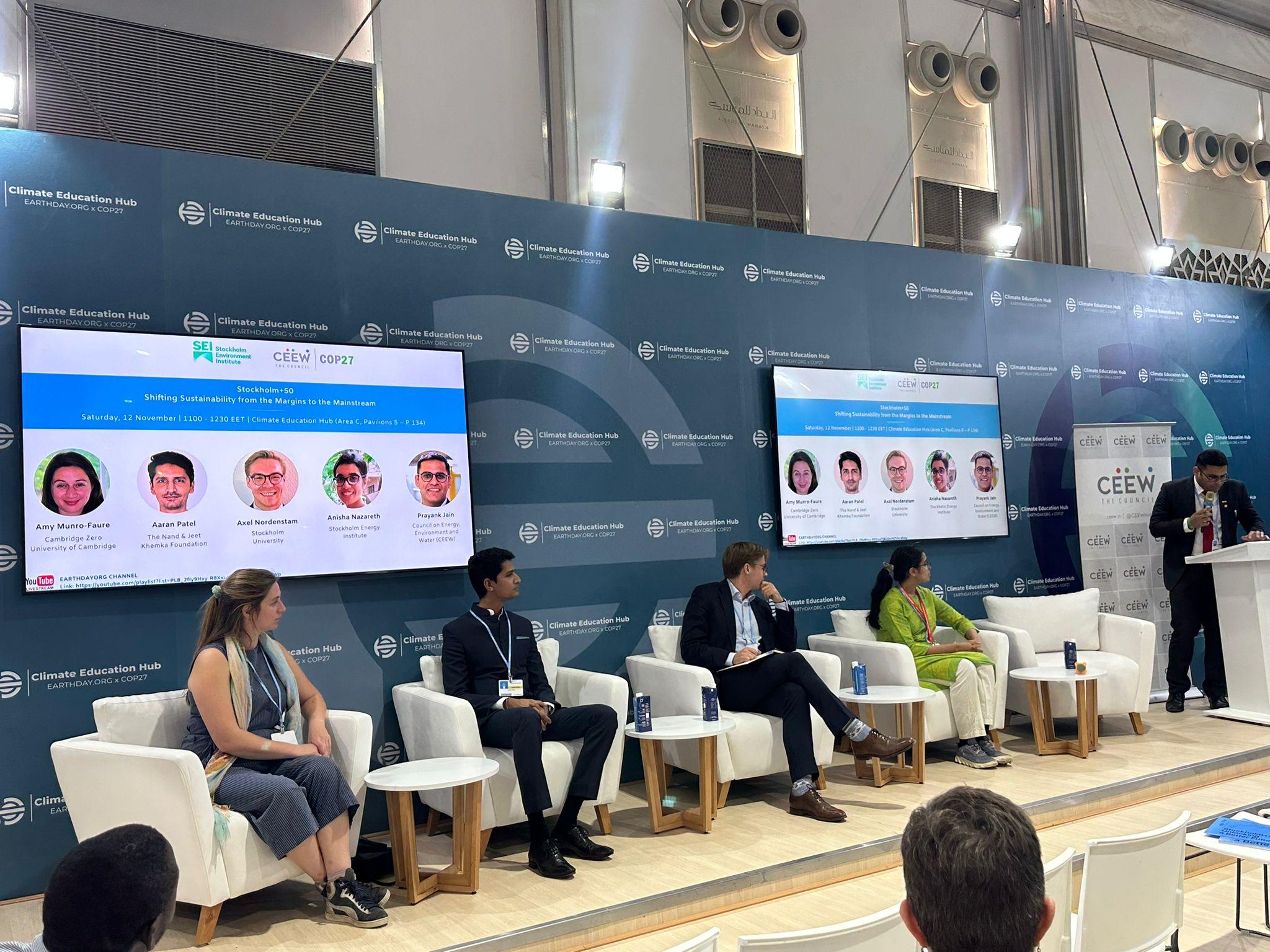
The panel also directly discussed what is the role of young people in climate change action. Amy pointed out that while young people are our future, they should not be burdened with all the responsibility for addressing climate change. They need and are entitled to the support of older generations. In this context, she also mentioned her own work at Cambridge where they try to create programmes and support young people based on their values and interests, and make change possible through enabling students to become their own changemakers through skills training and initiatives.
An answer that resonated with my current experiences came from panelist Axel Nordenstam from Stockholm University. He mentioned that understanding the importance of diversity in addressing climate change is key and that COP provides a space to do so. Axel went on to describe COP as an enabling space to connect and talk with engaged and passionate people across professions and backgrounds. And this is exactly how I have been feeling over the past days, spending most of my time around the pavilion area. In many events, I have felt an urge and a passion to bring about positive change, a deep compassion for what is at stake and a sense of community between those passionately fighting for a cause.
At the same time, however, I don’t want to romanticize COP. We are all here in Sharm because we face a challenge that is, for many vulnerable communities, already existential. Negotiators are here to address this challenge. And it became clear from today’s protests of reportedly thousands of people who marched through the venue that things are not moving fast enough. Already yesterday, there had been small protests when US President Joe Biden had briefly dipped in and out of the conference to announce what some observers found a more than half-hearted plan forward.
At #COP27 protest, activists say the UN climate summit is “lost and damaged”, call for reparations now, reject ‘false solutions’ #lossanddamagepic.twitter.com/3tMD1u2ser
— Megan Rowling (@meganrowling) November 12, 2022
Climate Protest inside #COP27
— Maria Antonieta (Antoinette) Nestor - at #COP27 (@nestorma_law) November 12, 2022
"This is what democracy looks like"#ClimateActionpic.twitter.com/1lwN9ejzIt
On Sunday, the COP venue is officially closed - one day to take a breath and prepare for the difficult week ahead.
If you want to follow live updates around the L&D negotiations over the next days I can recommend following the Loss and Damage Collaboration on Twitter that produces daily threads on what is happening at the negotiation tables.
